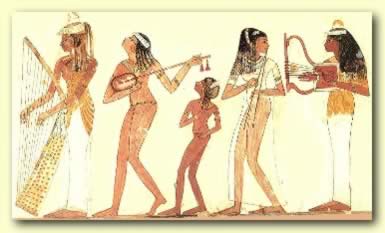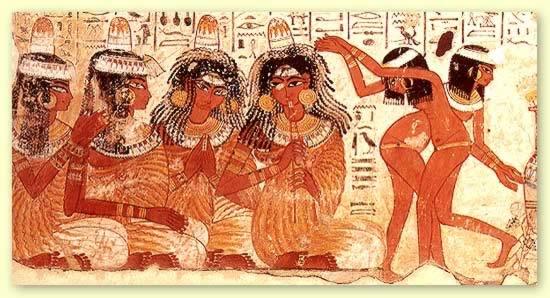Ancient Egyptian Dances varied from each instance to the next, with different movements and steps depending on the kind of engagement the dancers were performing at. For instance, a military meeting would be different from a more ritualistic time.
The dancers themselves were often groups, but only of one gender at a time, with little to no evidence of males and females dancing together. Often the steps were choreographed to not echo one and another, but often, as in more recent dance movements, each person has their own gestures and positions to make on their own, but each is working together in very specifically organized ways.

Egyptian Dances in pharaonic times
Egyptian Dances in pharaonic times – when Egypt was called Kemet – were on many occasions merely religious dances or semi-religious like celebrating the harvest. The dance was performed to transmit the idea that The Supreme being can see all your actions as He looks through your own as well through your fellow beings’ eyes. Rhythms and ancient Egyptian musical instruments were totally different from what is used in nowadays oriental music.
It is believed that the dances originally started as a way of both mornings the dead and appeasing the goddess Sekhmet, who, as the myth goes, once nearly destroyed all of the mankind when asked by the sun god Ra to punish those who had forgotten him.

Formalized ritual and ceremonial dances in which the dancing priest-king represented the person of a god or the servant and regenerator of his people were practiced. These dances, culminating in ceremonies representing the death and rebirth of the god Osiris, became more and more complex, and ultimately they could be executed only by specially trained dancers.
Documentation of the Egyptian Dances
From Egypt also come the earliest written documentations of the dance. These records speak of a class of professional dancers, originally imported from the interior of Africa, to satisfy the wealthy and powerful during hours of leisure and to perform at religious and funerary celebrations.
Women who danced (and even women who did not) wore diaphanous robes, or simply belt girdles, often made of beads or cowrie shells so that their bodies could move about freely. Though today their appearance may be interpreted as erotic and even sensual, the ancient Egyptians did not view the naked body or its parts with the same fascination that we do today, with our sense of possibly more repressed morality.
